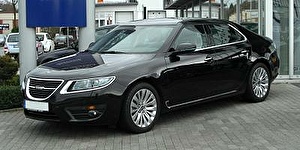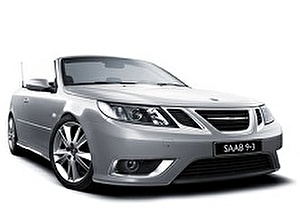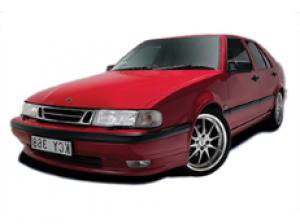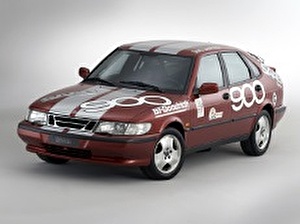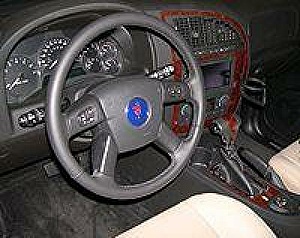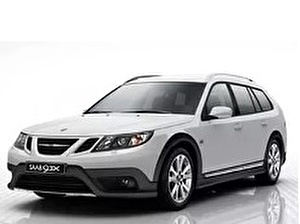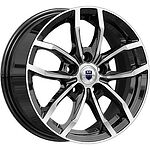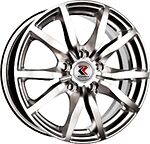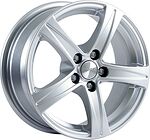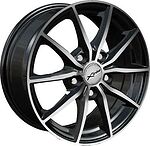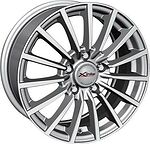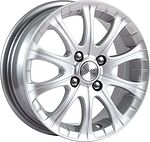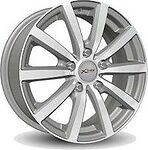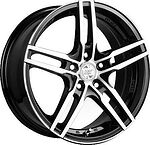Шины и диски для автомобиля Saab
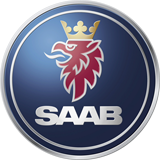
Подбор шин и дисков по автомобилю Сааб
Наиболее популярные модели Saab
Диски на Сааб
- PCD 4x108 диаметром от 15 до 16, шириной от 5.5 до 6.5 и профилем от ET22 до ET44
- PCD 4x114.3 диаметром от 15 до 15, шириной от 5.5 до 5.5 и профилем от ET33 до ET40 как у Nissan Tiida
- PCD 5x110 диаметром от 15 до 17, шириной от 6 до 7.5 и профилем от ET41 до ET49 как у Alfa Romeo Giulietta
Шины на Saab
- Размерность шин от R15 до R20, шириной от 185 до 255 и профилем от 40 до 65
- Минимальный размер резины: 185/65 R15, максимальный: 255/55 R18
Наиболее популярные модели шин
Шины на Saab (Сааб)
Автомобилестроительная компания Saab начала свою деятельность в 1937 году. Первоначально она специализировалась на разработке и выпуске самолетов для ВВС страны. Но, после окончания Второй мировой войны планы руководства изменились и был взят курс на строительство автомобилей.Начало машиностроительной эры
В 1945 году компания начала разработку проекта под номером 92. Именно под ним скрывался будущий Сааб 92. Лишь через четыре года с конвейера начали сходить первые модели, которые за несколько лет разошлись тиражом в 20 тыс. К середине 50-х годов был выпущен обновленный вариант автомобиля, который получил следующий порядковый номер 93. Примечательно, что до начала 60-х гг. использовалась не изменяемая начальная платформа. И лишь в 1960 году произошло ее глобальная реструктуризация и на свет появилась модель Сааб 96. Именно она стала экспортироваться во многие страны мира, разошедшись большим тиражом в 550 тыс. Интересной особенностью двигателей всех выпускаемых моделей являлась их трехцилиндровость. Эта особенность обуславливала необходимость добавлять в бензобак некоторое количество масла.Дальнейшее развитие
Значимым событием, которое укрепило позиции, стало объединения со Scania – производитель коммерческого транспорта. В итоге на мировой арене появилась компания Saab-Scania. В 1978 году было заключено соглашение с Фиат, на основе которого модель Lancia Delta превратилась в Сааб 600. Помимо этого была проведена совместная работа по созданию новой платформы. В итоге 1985 год ознаменовался для компании выпуском знаменитого Сааб 9000. Автомобиль был поистине люксовым и выделялся среди ранее выпускаемых моделей богатством своего оснащения. Но, несмотря на это, достичь запланированного уровня продаж ему не удалось. Наряду с этим также был осуществлен выпуск наиболее успешного автомобиля от шведского производителя, которым стал Saab 900.Разделение и новый владелец
В 1989 году отделилась Saab Car division от материнской компании, став полноценным производителем. Причем, половина ее акций уже принадлежала Дженрал Моторс, которая за 10 последующих лет стала полноправным ее владельцем. В последующие годы компания регулярно обновляла старые модели и выпускала новинки, но успеха 900 модели так и не удалось добиться. Наиболее успешным по продажам был один единственный 1995 год. В 2008 году GM заявил о желании продать компанию. Последующий период был связан с множественными переговорами, которые ни к чему толковому не привели. Лишь китайский производитель BAIC приобрел интеллектуальную собственность на модели 9-3 и 9-5, с целью создания отдельного бренда.В 2011 году две китайские компании Youngman и Pang Da приобрели все активы шведского производителя и GM. Но, ввиду несоответствия политики развития бренда, Дженерал Моторс, запретил использовать название в коммерческих целях. В итоге бренд Сааб канул в историю. Тем не менее, существует большое количество поклонников марки, в том числе и в России. Именно для них в магазине «Мосавтошина» представлен большой выбор дисков и шин, в том числе и оригинальных.
Преимущества подбора на нашем сайте шин на Saab
- простой выбор с помощью специальной автоматизированной формы на сайте;- всесторонняя информационная поддержка со стороны менеджеров магазина;
- акции, скидки и лояльная ценовая политика, которая сделает вашу покупку еще более выгодной;
- возможность доставки в любую точку страны и за ее пределы.
